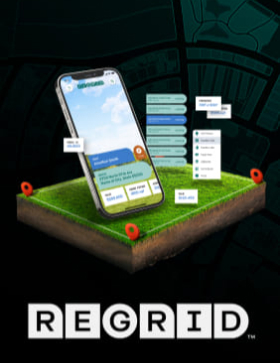
When it comes to app developers, for years, what happens in the App Store has more closely resembled mystery folklore than tangibly measurable data. As the tech and business worlds continue to learn, understand and manage all things ‘big data,’ it seems this revolution is about to get bigger! At its Worldwide Developer Conference (WWDC), Apple has announced the launch of an App Store analytics platform a move giving its iOS developers a major assist that has been a long time coming.
This new tool will equip its developers with crucial in-App Store statistics, including the ability to see how many people visited their app store page, the number of users that then bought the app, as well as show many of those people continued to use the application over time.
Prior to now, marketers and developers have often outsourced their need for information to a 3rd party. In response, Apple is rolling out the analytics dashboard through iTunes Connect on a first come first served basis. This likely means the updates to the program will, as has come to be expected from Apple, be slow and thorough.
Other main features of the analytics dashboard include:
- Device tracking (iPhone, iPad, iPod, etc.)
- Use, based on location
- Earnings
- Referrals
- Ability to launch custom in-App Store marketing campaigns
In the beginning phases, it seems as though the dashboard is only tracking in-store launches. What this means is that for now, developers will still be referencing third party trackers such as Apsalar or Flurry. These parties allow developers to analyze activity within the app itself, giving them the ability to learn precisely how the users are navigating and using the application and its features.
That said, Apple’s new tool admittedly gives its customers an abundance of new information, allowing them to ultimately make more money through educated decisions, based on measurable analytics. This announcement came with much acclaim within the development community, which spoke volumes to how Apple was currently behind with app analytics. Though the release is coming at a deliberately slow pace, you can rest assured this won’t be where the road ends for Apple’s analytics. As big data junkies, ourselves, we can’t wait to see how it grows.
We’ll be sure to update this post, as we dive into the platform, to share what we’re learning!








